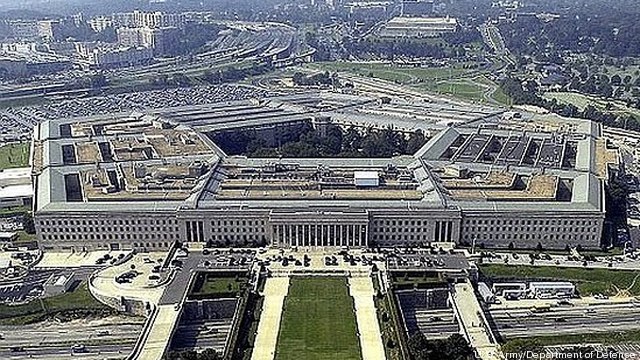‘Doomsday’ Planning Will Fail Without OSD Guidance
Posted on
 We all know the White House has issued guidance to the federal agencies, including the Defense Department, to start planning for the “doomsday” budget scenario where Congress stalls on debt reduction requirements and triggers a set of automatic spending cuts.
We all know the White House has issued guidance to the federal agencies, including the Defense Department, to start planning for the “doomsday” budget scenario where Congress stalls on debt reduction requirements and triggers a set of automatic spending cuts.
The challenge facing senior military officials is whether planning for those cuts is the right and necessary thing to do. All this planning tends to make it too easy for politicians to snatch those “draft” plans as theirs and force them to become foregone conclusions.
This is a dangerous process for the military — one with real consequences since this is the country’s third consecutive year of major defense budget cuts with little to no strategic guidance or justification.
When President Barack Obama unveiled his plan in April to introduce $400 billion in additional defense cuts over the next decade, the services were busy crafting their draft budgets for fiscal year 2013. After the speech, the Cost Assessment and Program Evaluation in the Office of the Secretary of Defense (OSD) began building an alternate budget.
These parallel efforts continue today. The service chiefs were given token questions so that OSD could say it sought military input.
But the fundamental problem that remains is that the services still lack serious strategic budget guidance. Falling back on the now-outdated 2010 Quadrennial Defense Review will not work, since it was issued under a previous defense secretary who dismissed parts of its relevance on his way out the door.
Other internal documents, like the latest DoD 5100 directive and unsigned Defense Planning Guidance, have also proved unhelpful in specifying the planning and budgeting process for the services.
Apparently, the latest version of the Defense Planning and Policy Guidance offers no such thing (read: guidance). So the services continue to fly blind, lacking directives from above regarding their programming.
More worrisome about the pattern of guidance silence is that it is now going beyond budgets and into strategic planning. With the latest defense budget cuts outlined in the debt ceiling deal, the Pentagon is busy chasing down these latest numbers with a strategy. The President called it a “roles and missions” review.
But efforts to evaluate grand strategy are operating “in tandem” with budget outcomes, as told to Congress by the incoming Chairman of the Joint Chiefs of Staff Gen. Martin Dempsey. By default, the budgeteers now co-chair policy decisions.
This messy and shoddy process can only produce a flawed budget that is not backed by any meaningful strategic defense policy. And this can only contribute to a defense budget freefall that lacks genuine trade-off but inflicts potentially permanent damage on today’s military as we know it.
Subscribe to our newsletter
Promotions, new products and sales. Directly to your inbox.
